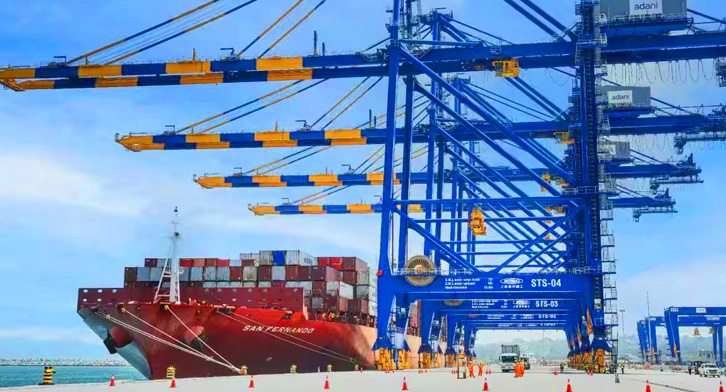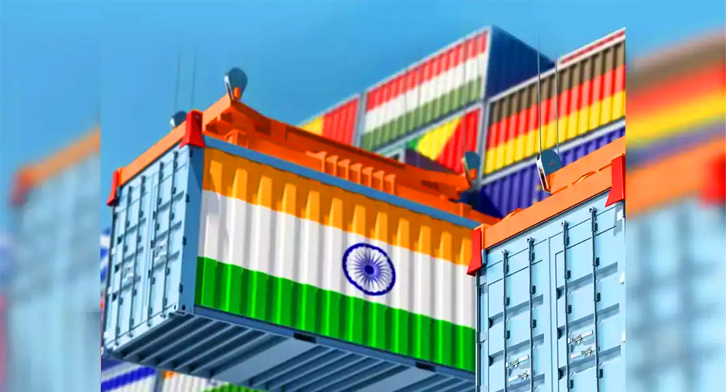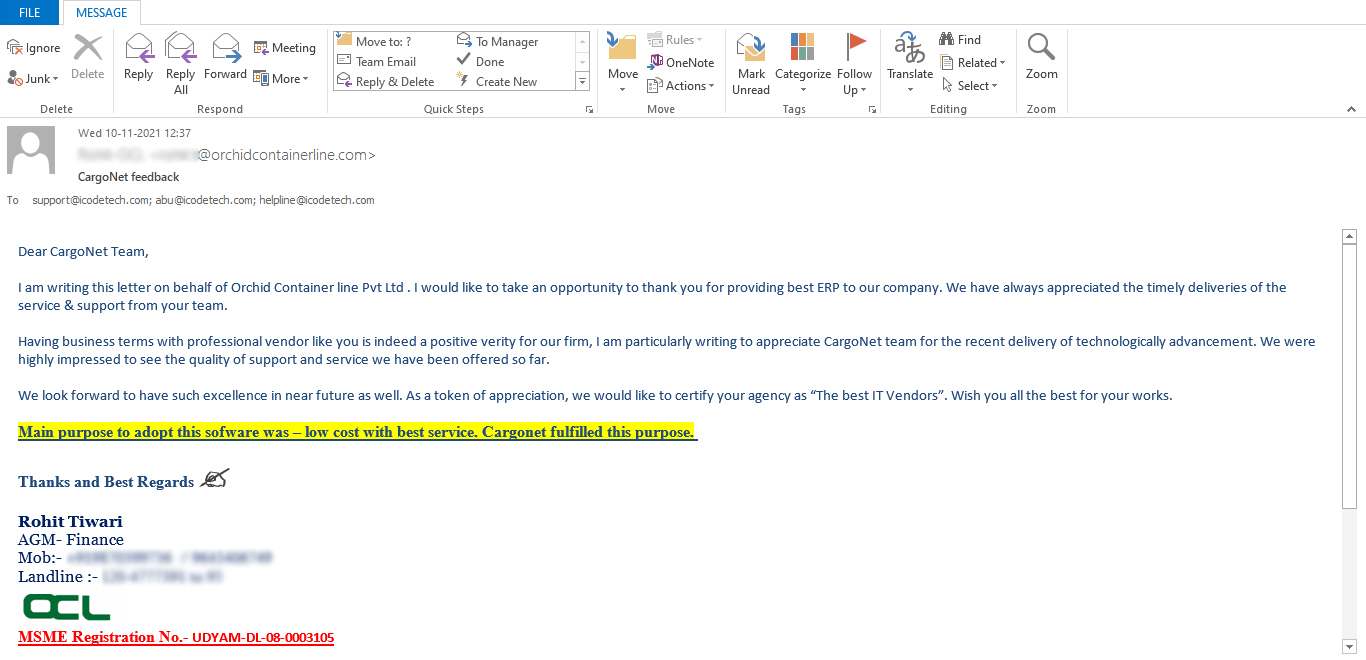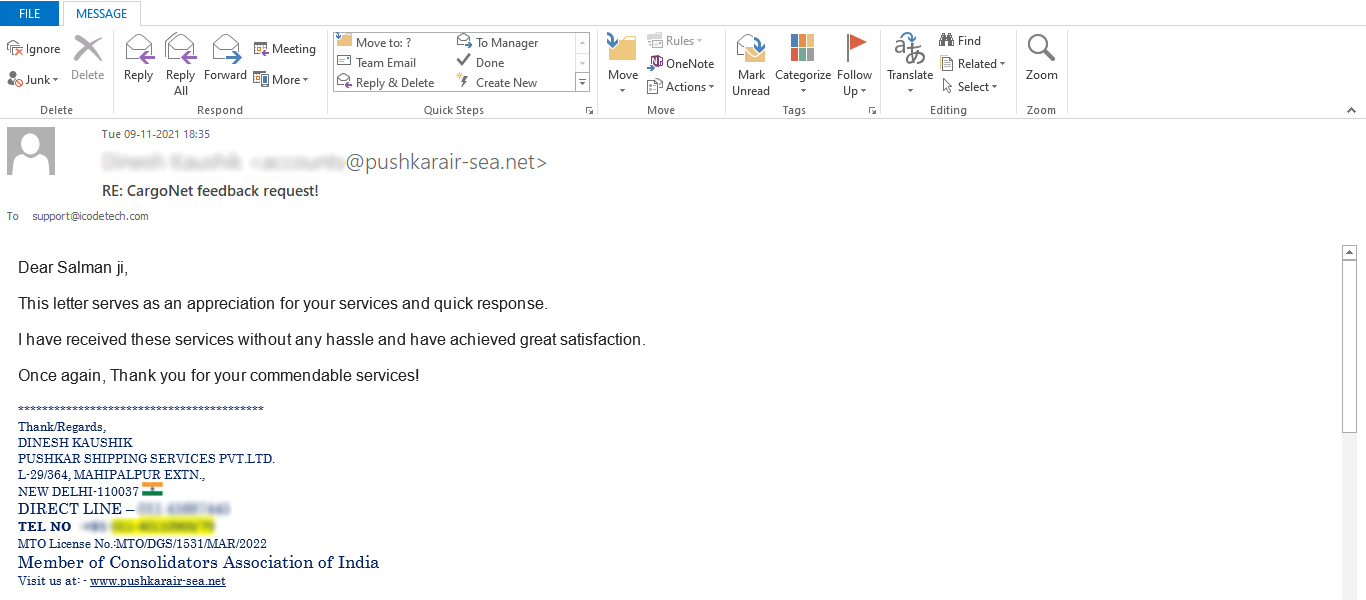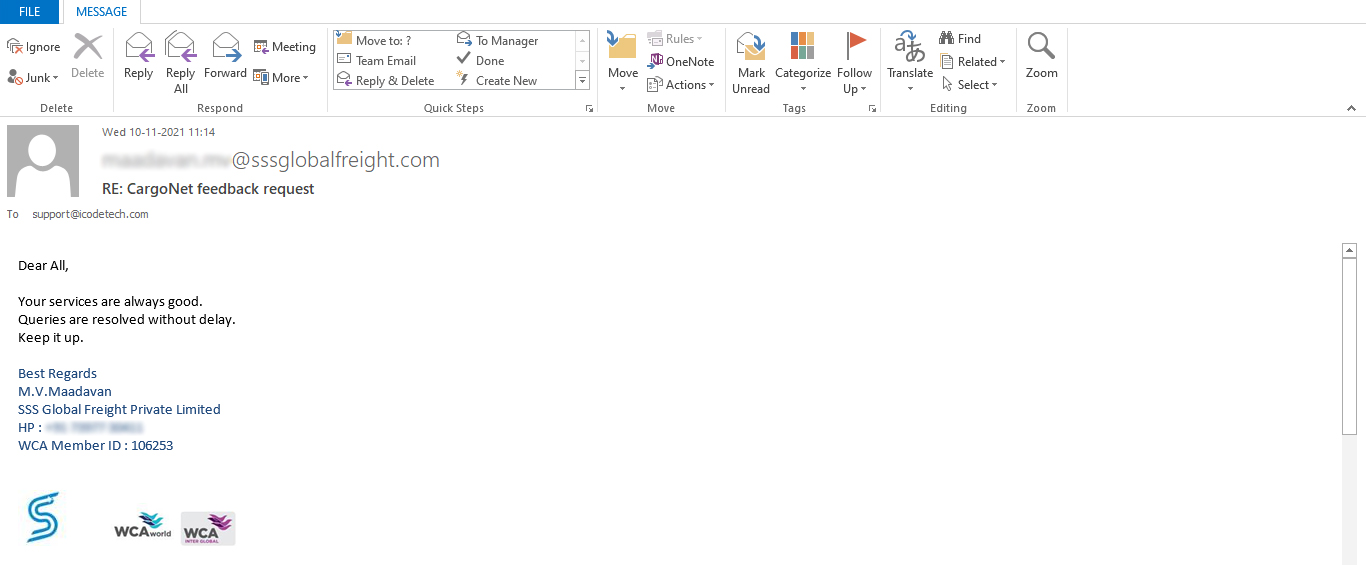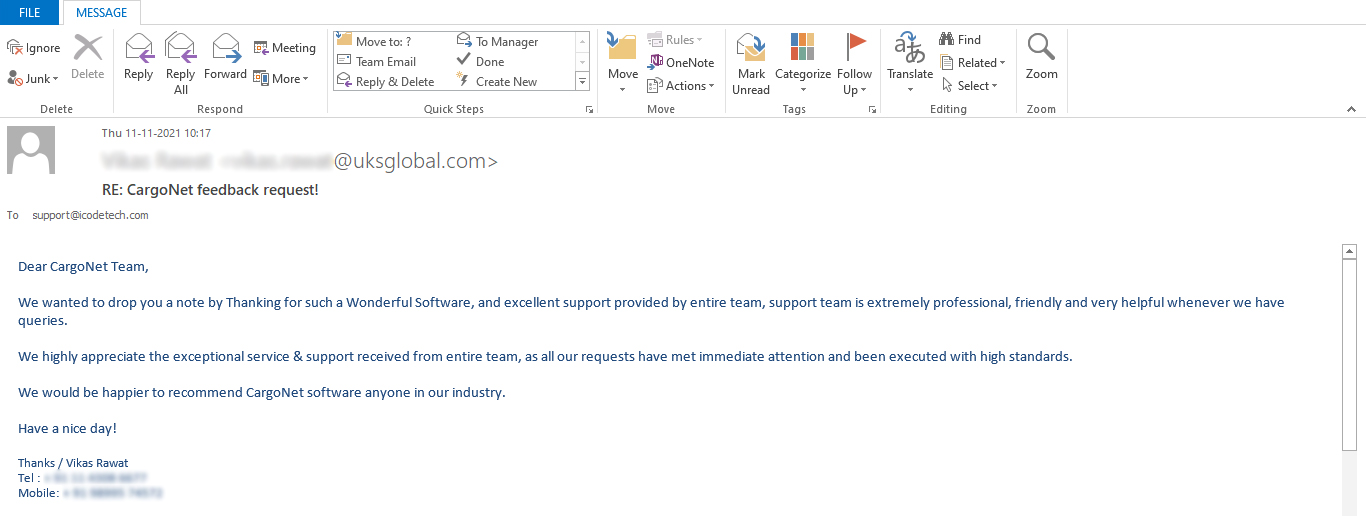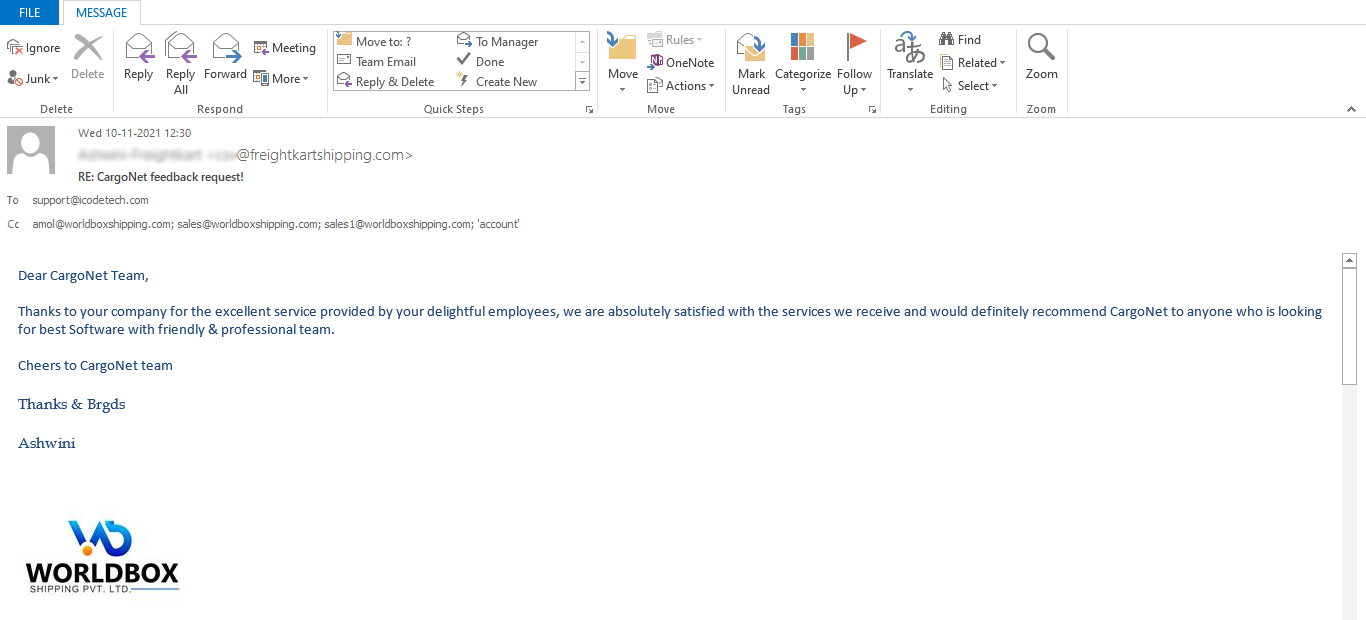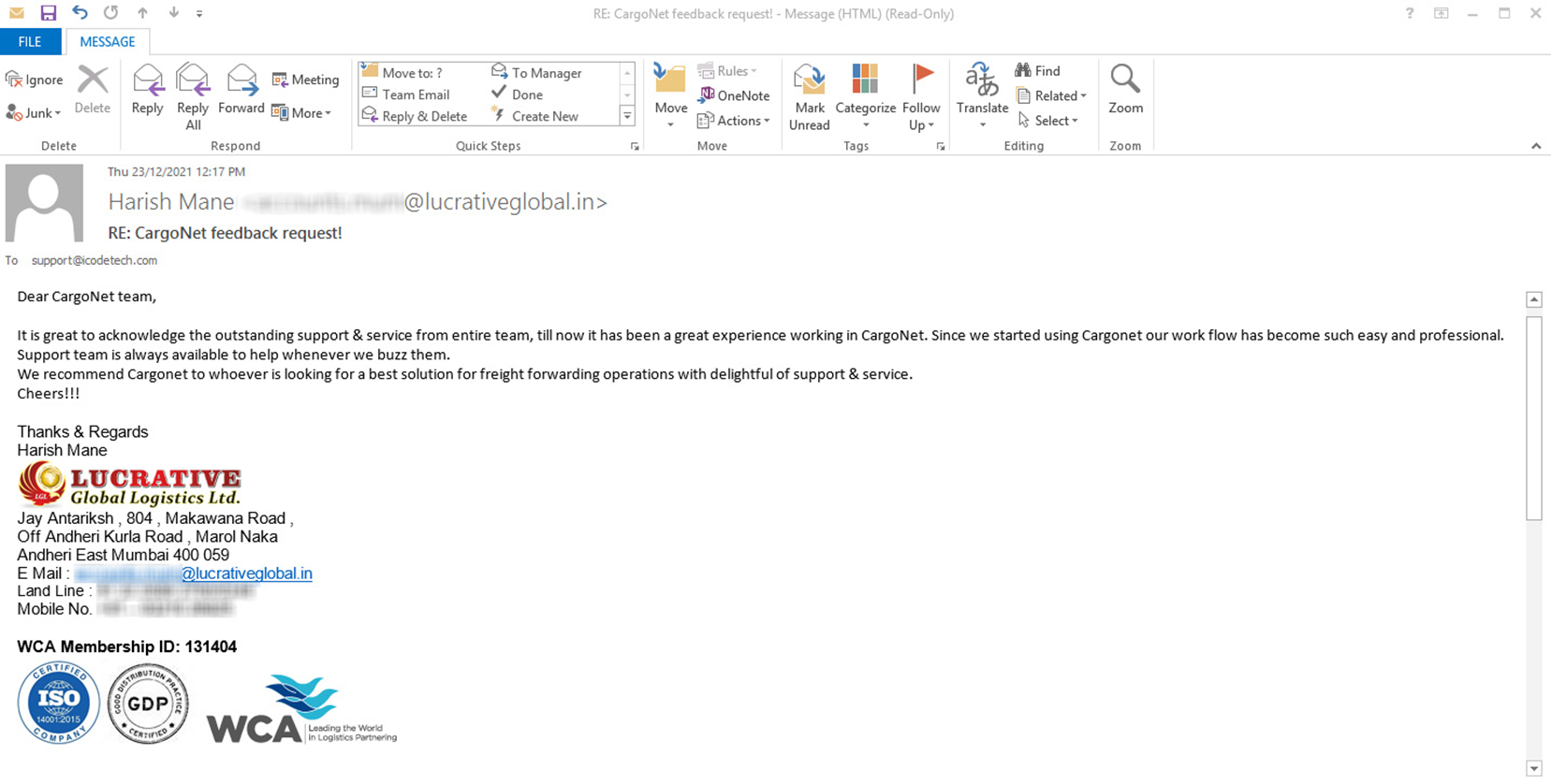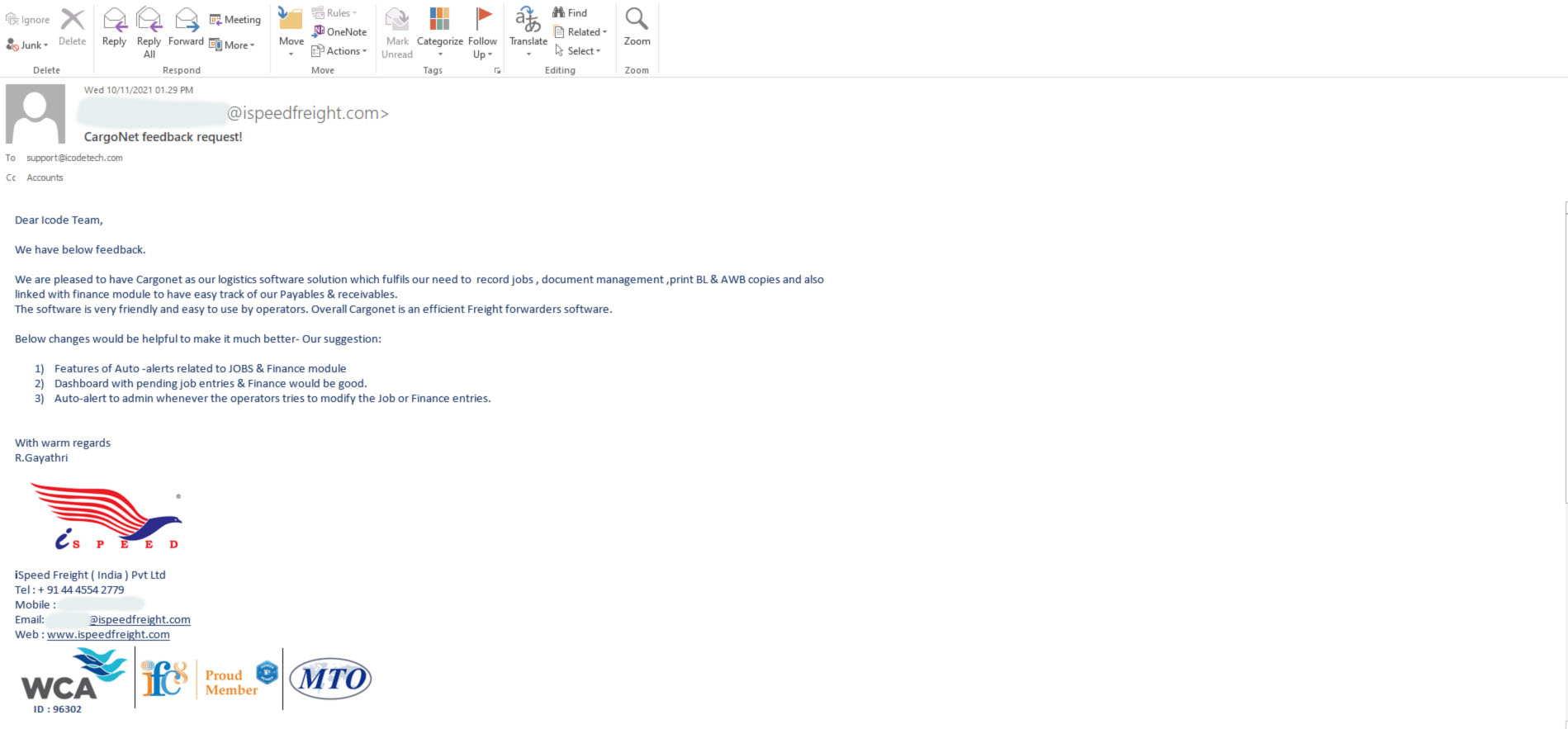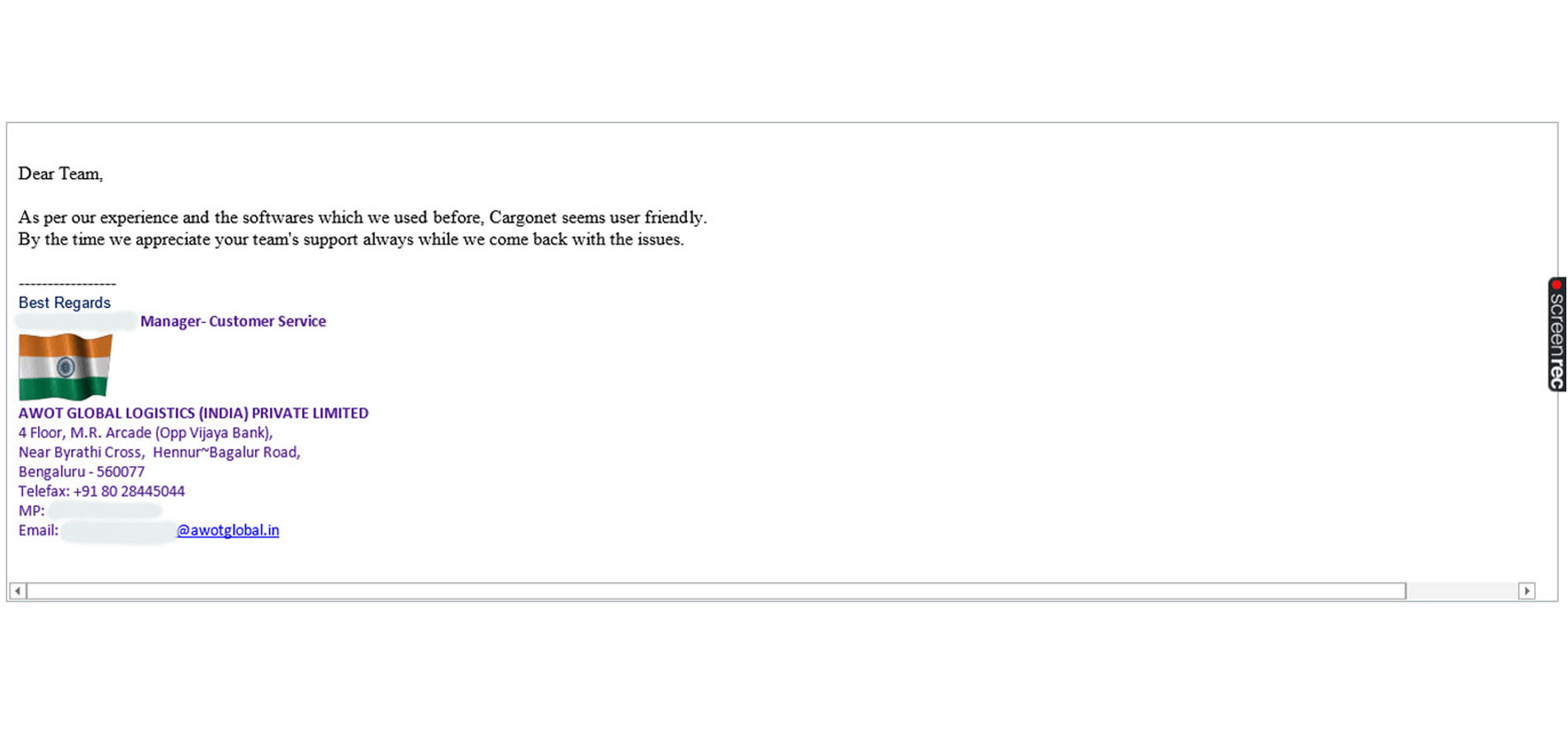All you need to know
Blog
Freight Accounting software Vs. Normal Accounting software – Which Should You Use?
Should you use freight accounting software or normal accounting software? you have heard this question before
Many people ask this question because they don’t know the difference between freight accounting and normal accounting software. The main difference between these two types of software is that freight accounting software offers more features than normal accounting software.
The freight accounting software is a tool for business owners and executives who want to track the money flow in their company. It helps them to manage the finances of their company and make sure that everything is running smoothly. Moreover Freight industry needs an different type of accounting Agent Accounting for real time settlements , Air line and Shipping line and transporter Accounting differs from each verticals.
Some of the reasons why you should use freight accounting software are:
- It helps you to track every single transaction from start to finish, including invoices and payments.
- It gives you an accurate view of your cash flow.
- It helps you to manage your inventory so that you don’t run out of stock and land up paying more on inventory costs than what they are worth.
- You can use the freight accounting software to manage your vendors and suppliers as well, which will help you stay on top of any issues before they arise (and save yourself from having to pay late fees).
The main purpose of freight accounting is to record all the transactions related to transportation of goods. It helps in tracking, managing, monitoring and controlling the movement of goods in a warehouse or warehouse yard by using bar codes or RFID tags. It also helps in managing inventory levels by recording the movements of goods from one location to another. A good example for this would be if you are running an e-commerce business where customers place orders and products are shipped from one location to another through a delivery service like FedEx or UPS etc.
Freight accounting software can help people to manage accurate Pay outs and Receipts and helps to manage settlements on real time by referring the shipments.




